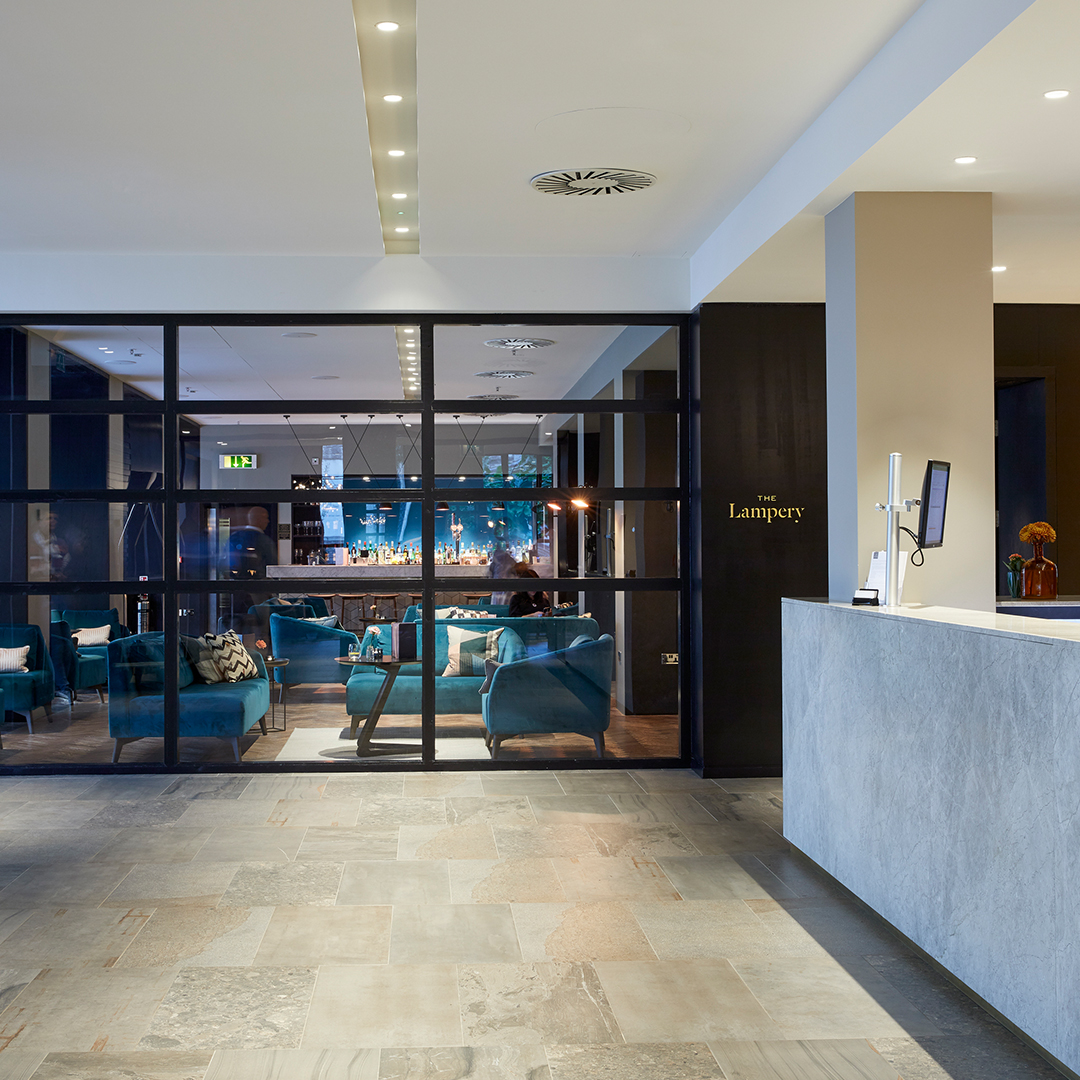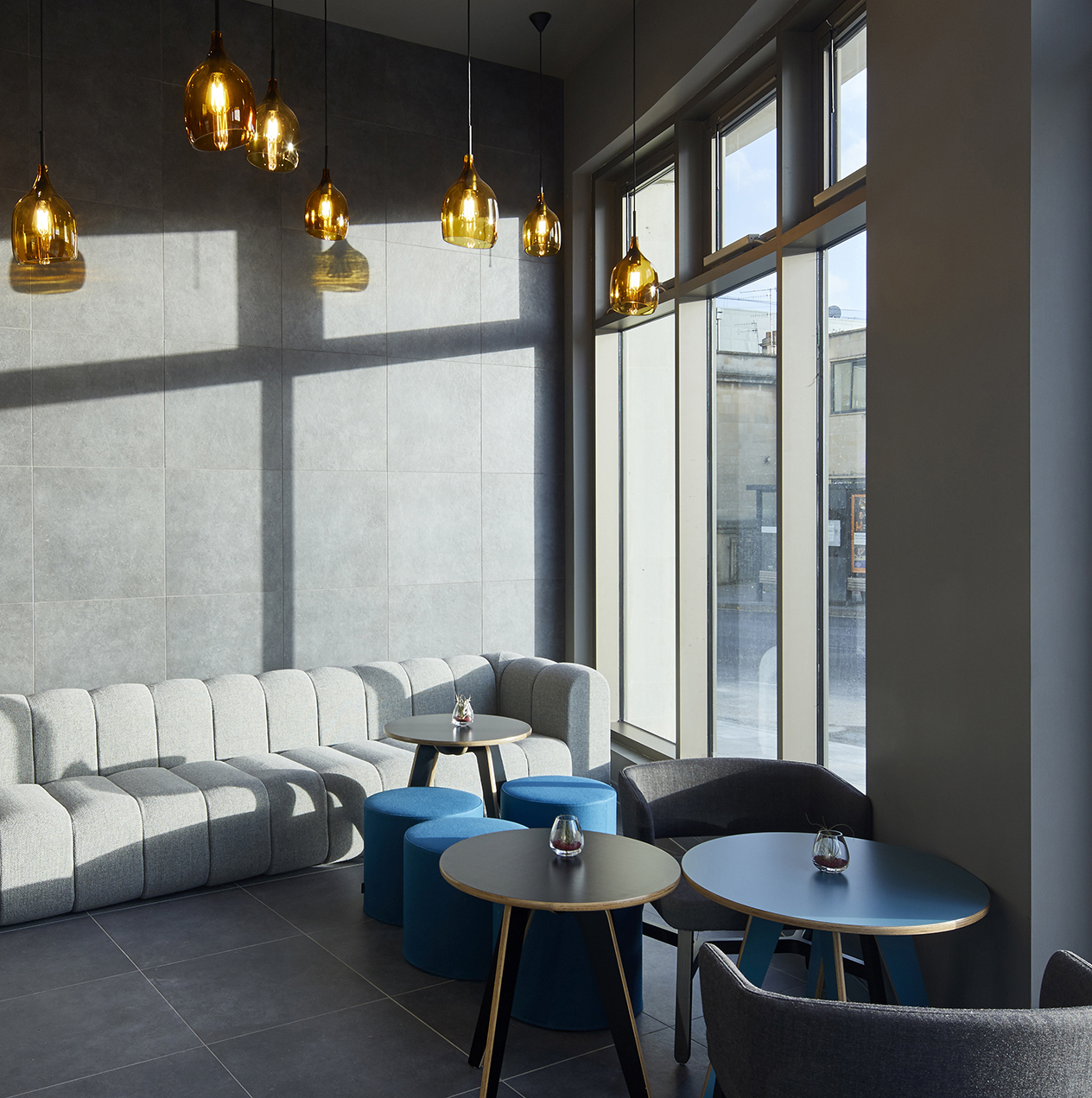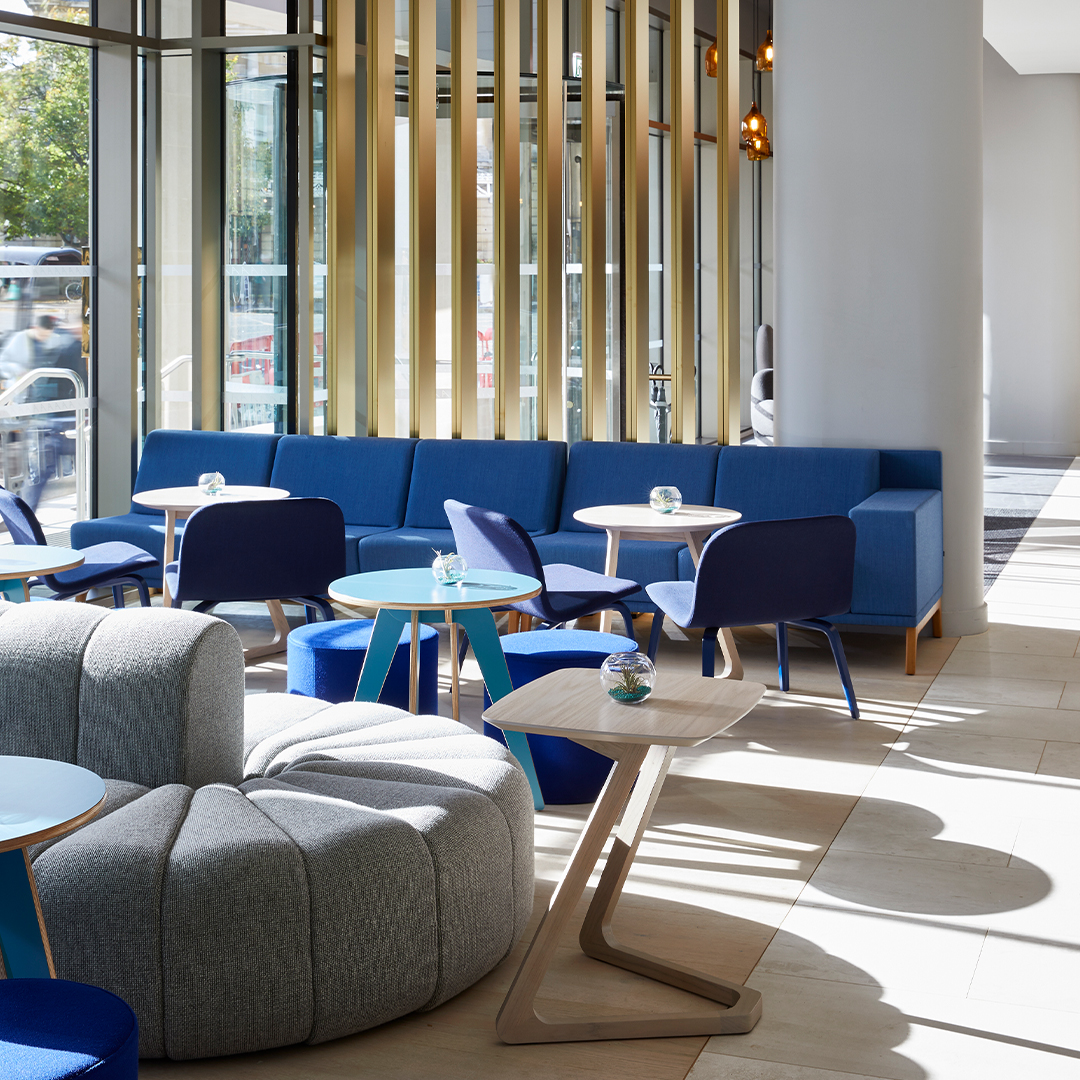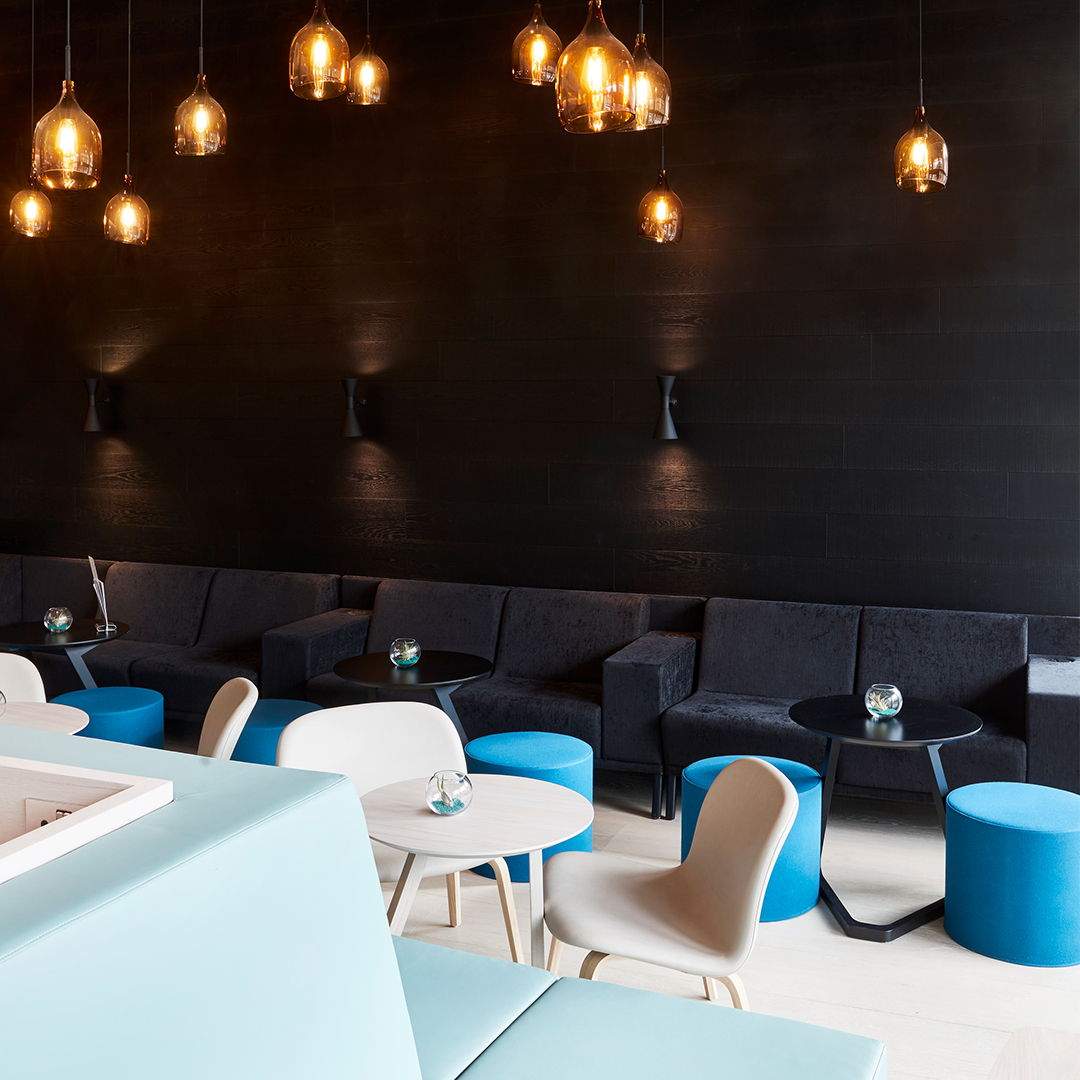
A 'Virtual Panel' Webinar by #DesignPopUp The Future of Design in the Hotel & Hospitality Sectors
Designing in a post-lockdown reality
During the #DesignPopUp Virtual Panel webinar on Tuesday 26th May, four guest speakers from the industry discussed the future of design in the hotel and the hospitality sectors. The speakers included Emma Franks – Head of Interiors, ISA Architects (Apex Hotels), Gordon McKinnon – Global Brand Veteran for Radisson, Malmaison, SAS Hotels, Hotel Missoni and many others, Ian Springford – Chairman, Apex Hotels and Ross Hunter – Founder & Director, Graven Images.

Short-term impacts & long-term trends
The main focus of the webinar was the short-term impacts and the long-term trends that are expected to arise in the hospitality sector as a result of the COVID-19 pandemic, and how future designs are likely to be affected. The aim was to highlight how architects and designers may be able to assist in overcoming both short and long-term issues, offering insight, solutions and ideas to anyone designing in the hospitality sector.
Architect and Apex Hotel chairman Ian Springford explained how it is a continually moving picture with “no clear guidance, making it difficult to predict long term changes”. But one thing we know is that people need to learn to live with and accommodate the virus, for now at least. And we all have a responsibility to do what we can to halt its spread. Boutique hotels and independent restaurants have the opportunity to adapt and evolve their offering faster than big chain hotels, and we may see that rural locations have an advantage over city locations.

Materials & surfaces
Emma Franks of ISA Architects explained how post-lockdown considerations may affect the materials specified for hotel and hospitality projects, saying that “it would be very client dependent in terms of the individual project requirements and who the clientele is likely to be”.
She outlined new cleaning operation issues as the main factor to consider when specifying materials, including the technical performance and durability of materials to withstand an intense cleaning regime.
“It’s a learning curve and will be about striking a balance between using easily cleanable solid surfaces which can carry the virus for longer and using fabrics and wood which are less ‘cleanable’ but don’t carry the virus for as long. It is a difficult choice. Technological advancements in terms of anti-bacterial surfaces and materials will be important.”

A new aesthetic?
The speakers agreed that Covid-19 is guaranteed to affect the aesthetic of interiors, raising the question: “Will clients be able to drive the aesthetic they want, or will the aesthetic be driven by the need to create interiors that are ‘operationally manageable’ and easily cleanable?”
In the short-term, we are likely to witness ‘overcompensation’ in regards to cleaning operation issues to demonstrate to the clientele that businesses are taking the matter seriously. This could result in an overriding aesthetic of cleanness and freshness, although not necessarily influenced by cold and ‘sterile’ hospital environments.
It will be essential for hotels and the hospitality industry to retain a sense of luxury. There is likely to be less interaction with staff, but enabling social interaction between individual groups is crucial. Ian Springford commented that “We want to meet people and go to spaces where we can relax and be together with others… so if spaces become too 'sterile' I’m not sure people will choose to spend any time there… which could potentially become an existential threat to the hospitality industry in itself."

Division of space & social distancing
In terms of interiors, restaurants and bars are likely to become less open, with more booth and pod seating. Utilising clever means of dividing space could potentially create inspiring interiors. But the big challenge is space. Social distancing considerations are very site-specific, and every area needs to be approached differently. Ross Hunter of design consultancy Graven Images referenced a recent idea from architect John Macleod, who also owns Glasgow’s Crabshakk restaurant on Argyle Street.
Macleod has drawn up a proposal to pedestrianise a section of Argyle Street in the city’s West End to incorporate a glass ’roof span’ over the street to offer restaurants and their customers’ additional space to socially distance in a ‘semi-outside’ environment. This idea relies on local councils to open up ‘public space’ to private businesses – but it is happening elsewhere in Europe. Restaurants, bars and cafes represent the life and DNA of towns and cities – so re-designing city space to accommodate businesses is crucial, even if it is just for the short term.

Local communities & sustainability
People’s behaviour during the lockdown has shown that they care about supporting local businesses and communities, and there is a hope that this will continue to be the case post-lockdown.
We could start to see a shift in how people travel; where they travel to; and the types of travel businesses they want to support. People may search for more sustainable travel options that have less of an impact on the environment, rather than travelling on cheap package holidays abroad which are less 'kind' to the environment and local communities. Because of the shift away from travel in city locations, we could see farms and rural retreats in the UK become cheaper and more accessible.
Similarly, sustainability is increasingly becoming the driving force behind many of the decisions we make. People are developing a sense of consciousness, and designers have a responsibility to push for sustainable materials by choosing sustainable materials for their projects.
View further project imagery from two recent Apex Hotel projects (shown in images above) — designed by guest speaker Emma Franks and the team at ISA Architecture.
Visit our showrooms
Share this news